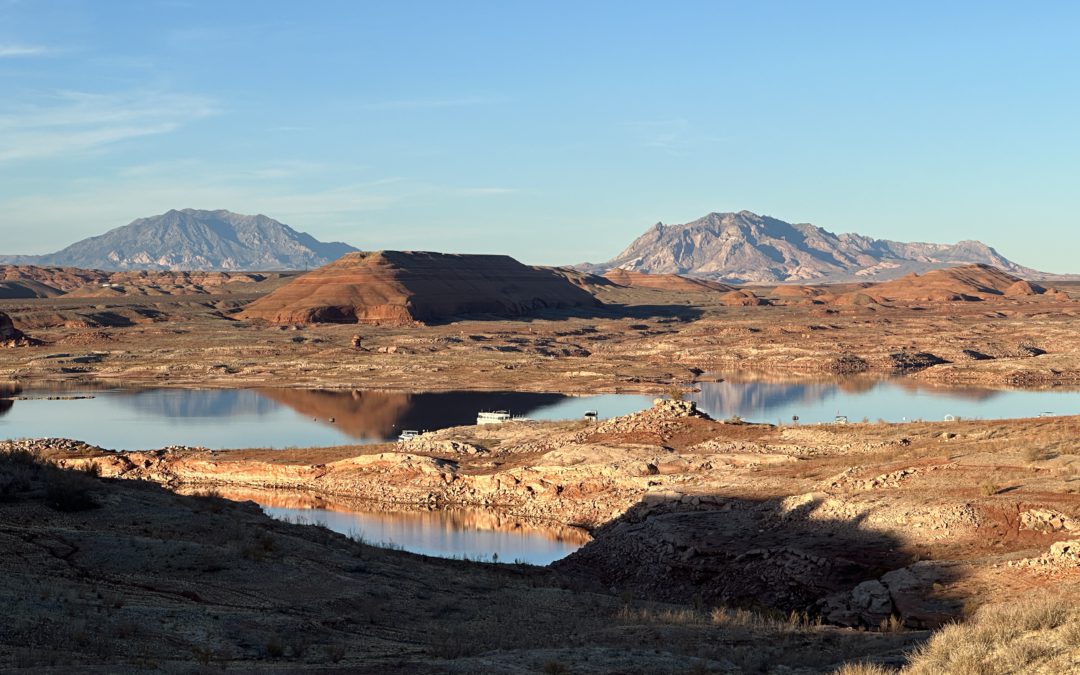Lake Powell in the winter is a different experience than it is during the hustle and bustle of the summer. While the picture above was taken during the month of December of last year, don’t let the vacant lake deceive you. Today we received the latest visitation data from the National Park Service. One of the highlights of the report is that Glen Canyon National Recreation Area set an all-time high record for visitation with 5.2 million visits.
Economic impact reports from NPS released last yer showed that Glen Canyon had lost over $200 million in economic benefit to the region surrounding the lake during the two years of low water levels. While we don’t have economic data yet to evaluate for 2023, it is highly likely that we will see that the high water year has led to a high watermark for the economic value of outdoor recreation on the lake.
For reference, Glen Canyon had more visitors than the Grand Canyon and Zion National Park.
The visitation was spread among all the major marinas and concessionaires, with most visits happening on Lake Powell. Visits to Lee’s Ferry also surged this year. This is all around good news for Page, Kanab, and Hanksville, which all depend on tourism to the area for their economic prosperity.
This visitation surge also bolsters our claim that recreation users need to be recognized as critical stakeholders in the future of the lake, and we certainly shouldn’t be considering draining the lake.
While this winter hasn’t been as strong as last year’s for increasing water levels, we are hovering close to average in a good portion of the Colorado River Basin. There are also forecasts for more snow on the horizon.
While there’s still a lot of winter left that can impact snow levels, the latest projections from the Bureau of Reclamation show that an average snow year will likely see a maximum lake level of around 3575’. We would love to see it higher, so whatever everyone did last year to make it snow, we could use more of that.

We recognize that Lake Powell and Lake Mead are operated as together, and it doesn’t make sense to suggest that one lake should be prioritized above the other. Lake Mead usually rises the most during the winter, and it is currently near it’s forecasted peak for the year.

After a busy summer and an exciting winter last year, news has been relatively quiet. We have been adding the voice of recreation users to the public debate when Lake Powell and Lake Mead have been in the news, and we will continue to do so. We’ve engaged thousands of you to be part of the Bureau of Reclamation planning processes for the future, and those processes are still ongoing.
We’ve had regular contact with park managers for both lakes, and we helped advocate for both lakes to receive emergency funding last summer that can be used to improve infrastructure for low water levels. After the latest visitation data report, it is clear we need to be making these investments to ensure that lake level fluctuations don’t cause unnecessary economic harm.






